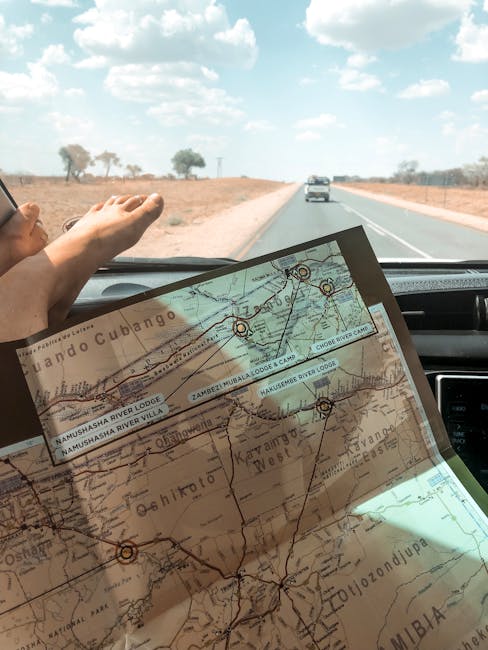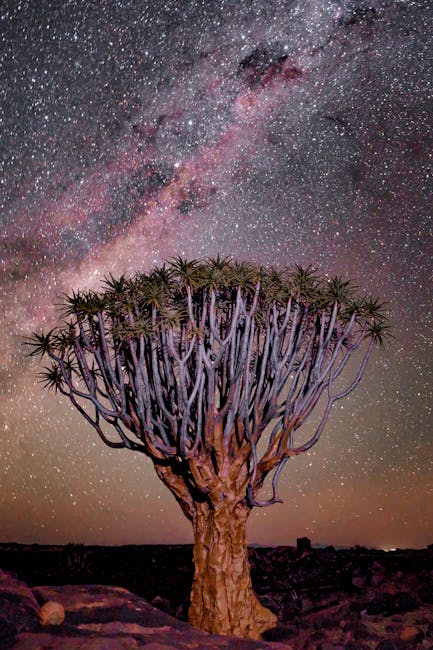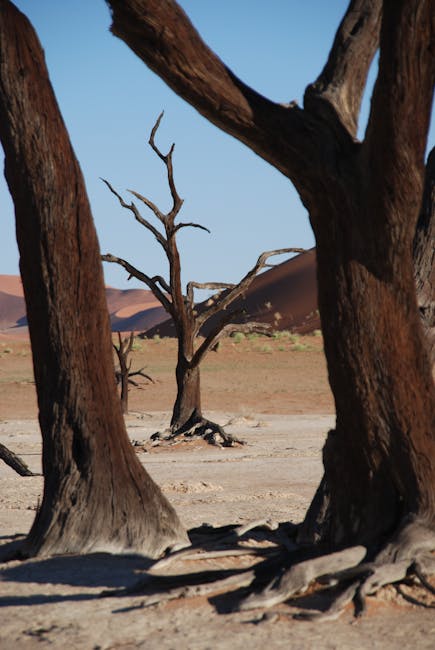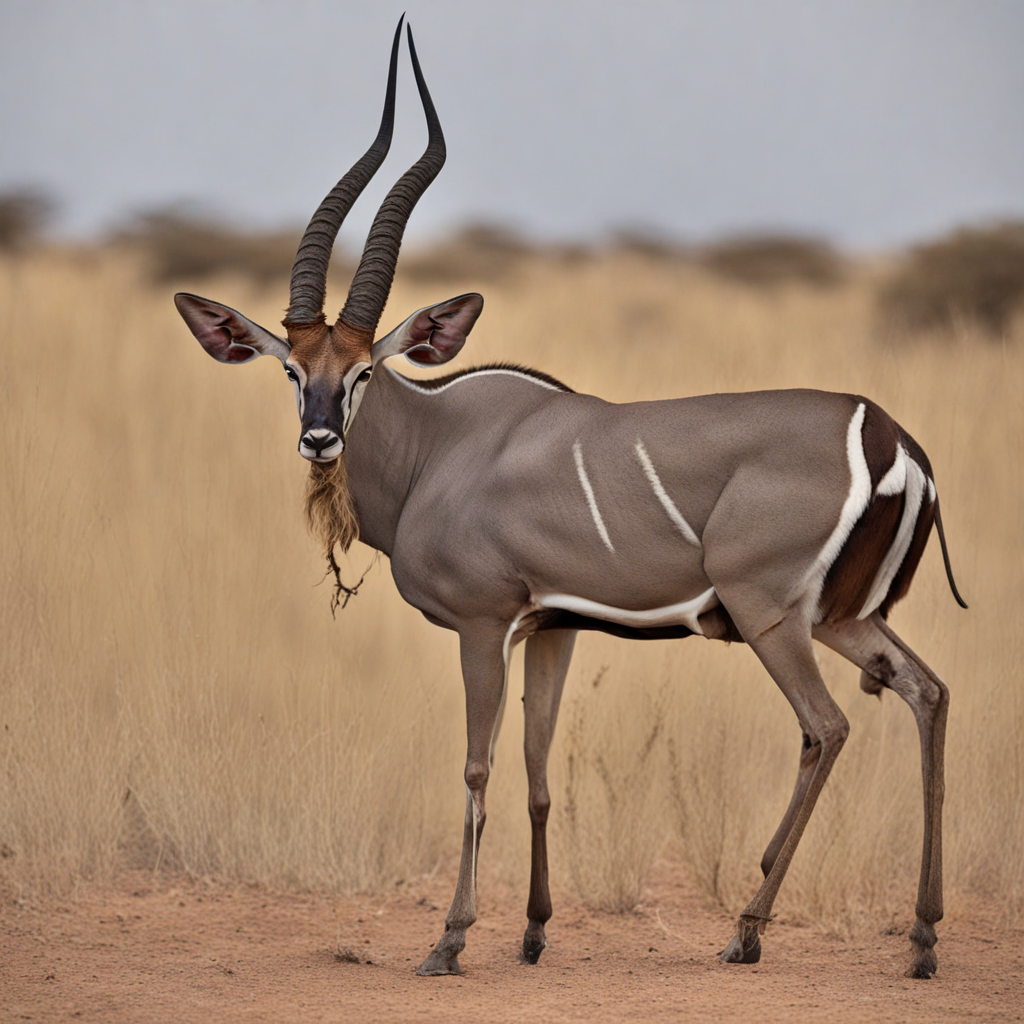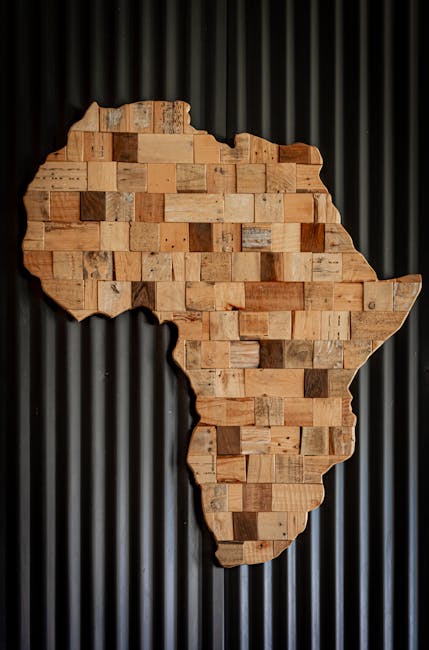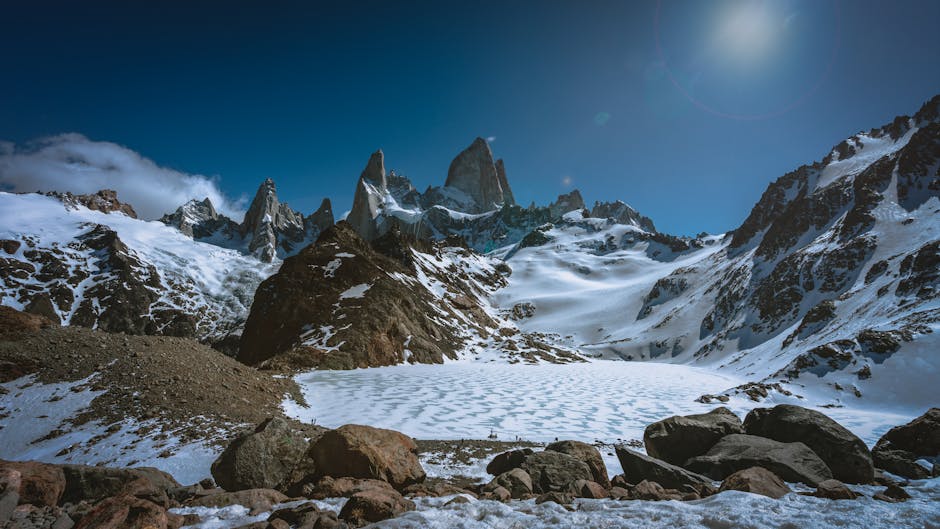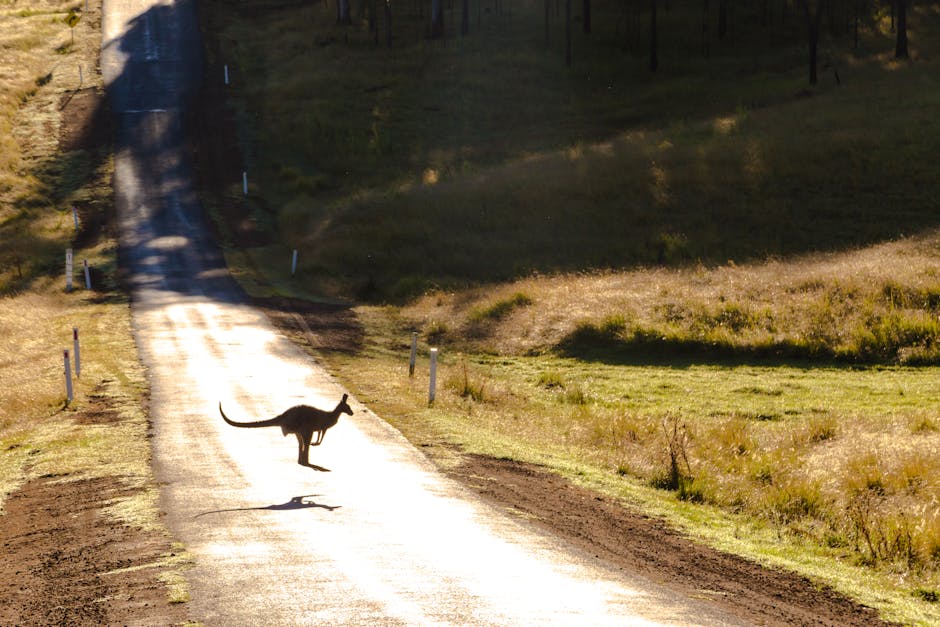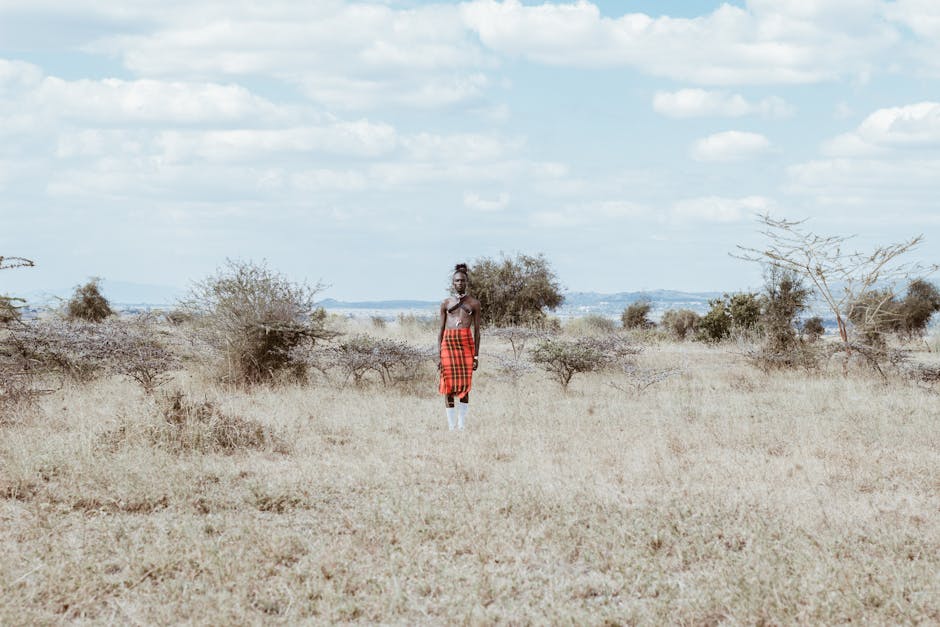Namibia
Overview
Namibia, located in southwestern Africa, is a stunning country that offers a unique blend of wildlife, landscapes, and culture. Known for its diverse ethnic groups, each with its unique customs, languages, and traditions, Namibia presents a rich cultural tapestry. The country is renowned for its breathtaking natural attractions, including the vast Namib Desert - home to some of the world's highest sand dunes, the awe-inspiring Fish River Canyon, and the wildlife haven of Etosha National Park. Namibia's uniqueness lies in its contrasting landscapes, from its rugged coastline littered with shipwrecks to its sun-baked desert and lush greenery of the Caprivi Strip.
The high season for tourism in Namibia is during the dry season, from June to October. During this time, the weather is generally pleasant, with warm days and cool evenings. The dry season is also the best time for wildlife viewing in Etosha National Park, as animals congregate around waterholes, making them easier to spot. Other popular activities include dune boarding in the Namib Desert, exploring the German colonial architecture in Swakopmund, hiking in the Fish River Canyon, and visiting the traditional Himba and Herero villages. For adventure seekers, quad biking, sandboarding, and skydiving are also available.
Before visiting Namibia, it is important to prepare adequately. Ensure your passport is valid for at least six months beyond your planned departure date. While no visa is required for certain nationalities for stays up to 90 days, it is advisable to check the latest visa requirements based on your country of residence. Vaccinations for Hepatitis A, Typhoid, and Tetanus are recommended. Also, even though Namibia is a safe country, it's always a good idea to have travel insurance. Remember to pack for both warm and cool weather as temperatures can vary significantly between day and night. Lastly, learning a few words in the local language can always help create a more enriching travel experience.
A Glimpse into the Past
Namibia, a land of stark contrasts and stunning landscapes, is often described as one of Africa's hidden gems. The country is characterized by its vast deserts, rugged mountains, and rich wildlife, all set against a backdrop of a complex history shaped by indigenous cultures, colonialism, and the struggle for independence.
Geography and Natural Wonders
Namibia is home to some of the most breathtaking natural wonders in the world. The Namib Desert, one of the oldest deserts on the planet, stretches along the Atlantic coast and features the iconic Sossusvlei, famous for its towering red sand dunes, some of which reach heights of over 300 meters. The contrasting landscapes of the desert offer incredible opportunities for photography, hiking, and exploration.
In the north, the Etosha National Park is a highlight for wildlife enthusiasts. This vast salt pan attracts a variety of animals, including elephants, lions, and endangered black rhinos, making it one of the best places for a safari in Africa. The park's waterholes provide excellent viewing opportunities, particularly during the dry season when animals gather around these vital sources of water.
Colonial History
Namibia's history is marked by periods of colonization and conflict. The arrival of European explorers in the 19th century heralded a new era for the indigenous peoples, including the Herero, Nama, and San. The German Empire established a protectorate over Namibia in 1884, and the subsequent colonization led to harsh conditions for the local populations. The Herero and Namaqua Genocide (1904-1908) stands as one of the darkest chapters in Namibia's history, where tens of thousands of Herero and Nama people were killed or forced into concentration camps.
The impacts of this genocide and subsequent colonial policies have shaped the social and cultural landscape of Namibia. The legacy of colonial rule can still be seen in the architecture of the capital city, Windhoek, which features a blend of German colonial buildings alongside modern structures.
Independence and Identity
After World War I, Namibia was mandated to South Africa, which imposed apartheid policies in the mid-20th century. The struggle for independence gained momentum in the 1960s, led by organizations such as the South West Africa People’s Organization (SWAPO). Armed conflict ensued, and Namibia became a focal point of Cold War geopolitics, with various international players involved in the struggle.
Namibia finally achieved independence in 1990, becoming the last African nation to break free from colonial rule. The new government focused on reconciliation, nation-building, and promoting a sense of national identity. Today, Namibians celebrate their diverse cultures and languages, with over ten different ethnic groups contributing to the tapestry of the nation.
Cultural Heritage
The cultural heritage of Namibia is as rich as its landscapes. The Himba people, known for their distinctive dress and traditional lifestyle, inhabit the northern regions and are a significant draw for travelers looking to experience authentic indigenous culture. The Himba women, adorned with intricate jewelry and ochre body paint, are particularly captivating.
In contrast, the San people, also known as Bushmen, are among the oldest inhabitants of the region and are famous for their rock art, which dates back thousands of years. The Brandberg Mountain, home to the famous “White Lady” rock painting, is a site of archaeological significance and a must-visit for those interested in ancient history.
Adventure and Activities
Namibia's dramatic landscapes provide the perfect playground for adventure seekers. The Fish River Canyon, one of the largest canyons in the world, offers breathtaking views and opportunities for hiking and camping. The Skeleton Coast, known for its shipwrecks and eerie landscapes, presents a unique experience for those looking to explore the rugged coastline.
For a more adrenaline-pumping experience, visitors can try sandboarding or quad biking in the dunes near Swakopmund, a coastal town that blends adventure sports with German colonial charm. The town is also known for its fresh seafood, making it a great place to relax after a day of adventure.
Conservation and Wildlife
Namibia is a leader in wildlife conservation and sustainable tourism. The country has established numerous protected areas and community-based conservancies that empower local communities while preserving wildlife habitats. The Damaraland region is particularly noteworthy for its efforts to protect the desert-adapted elephants and rhinos.
Tourists can participate in conservation efforts by visiting lodges that contribute to wildlife protection or by joining guided tours that educate visitors on the importance of conservation. This focus on sustainability makes Namibia a model for responsible tourism, allowing travelers to experience its beauty while supporting local communities and ecosystems.
Conclusion
Traveling in Namibia offers a unique blend of adventure, wildlife, and cultural experiences. Visitors can immerse themselves in the history of the land, explore the vast and varied landscapes, and engage with its diverse peoples. From the majestic dunes of Sossusvlei to the wildlife-rich plains of Etosha, Namibia promises unforgettable memories and a deeper understanding of the resilience and beauty of this remarkable country.
Whether trekking through ancient rock formations, participating in community-based tourism, or simply enjoying the stunning sunsets over the Namib Desert, Namibia invites travelers to explore its rich tapestry of experiences. The country's commitment to wildlife conservation and cultural preservation ensures that it remains a captivating destination for years to come.
Top cities for tourists in Namibia
Discover the Famous Cities That Might Captivate Your Interests
Must-Try Foods You Can't Afford to Miss
Indulge in a Variety of Fantastic Foods During Your Stay in Namibia
May Be Your Next Destinations
People often choose these countries as their next destination


